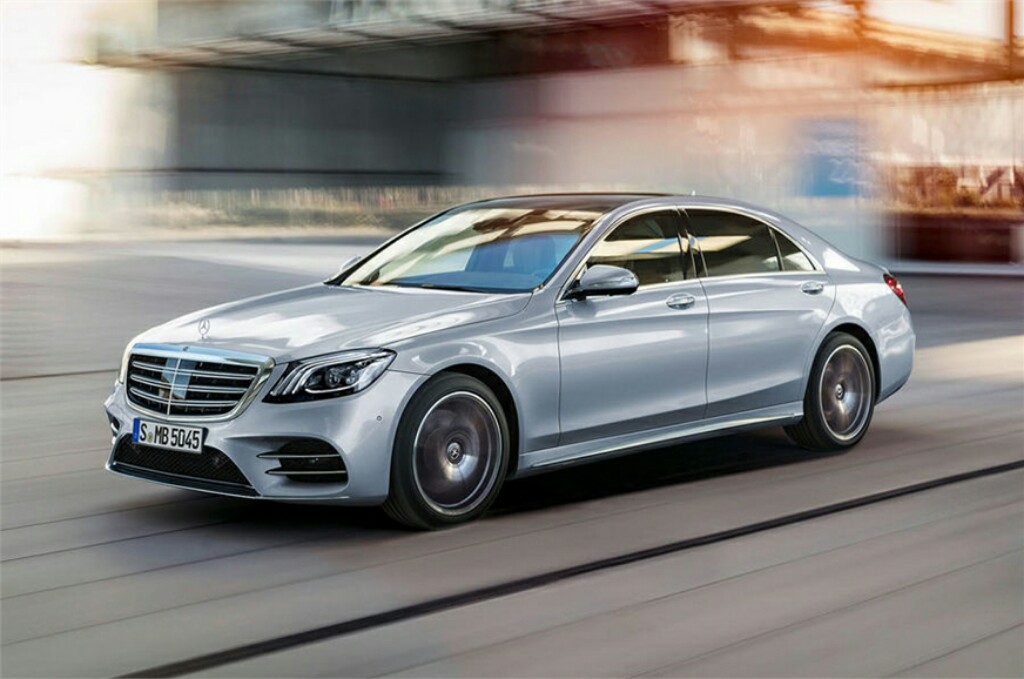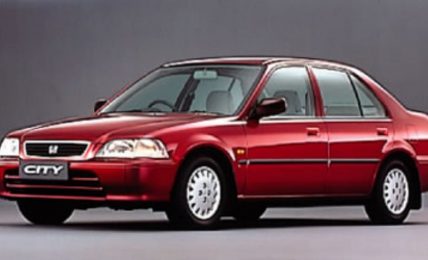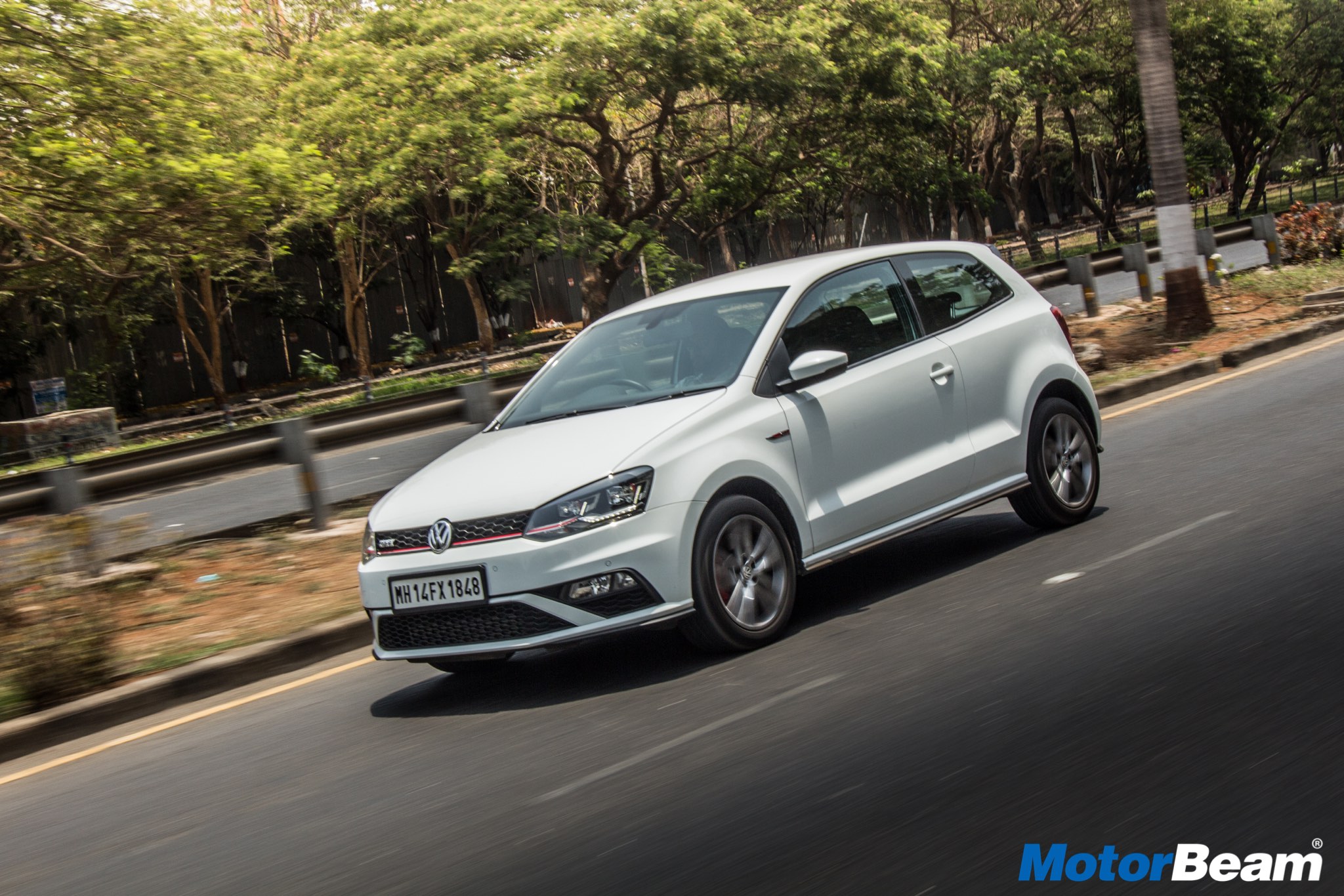The Indian car market has seen hundreds of cars across segments but these are the most iconic!
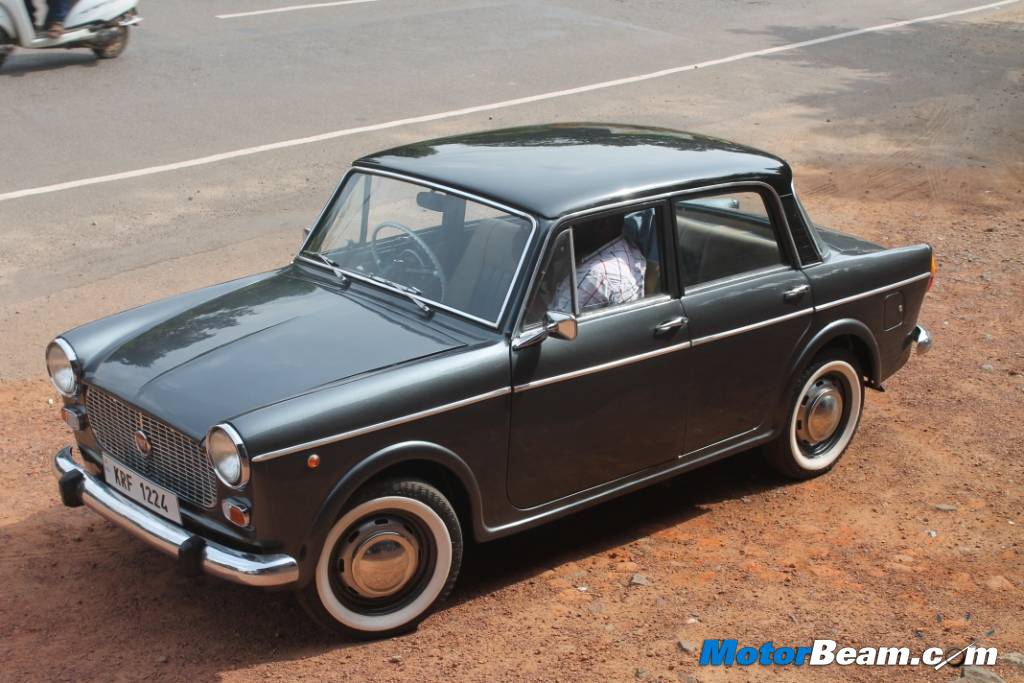
Most Iconic Indian Cars
The Indian car market is soon in line to become one of the largest car markets in the world. Though we do have a lot of foreign automobile manufacturers ruling certain segments, the Indian manufacturers have had their fair share of hits. Let us start our trip down the memory lane by looking at 9 of the most iconic Indian cars of all time.
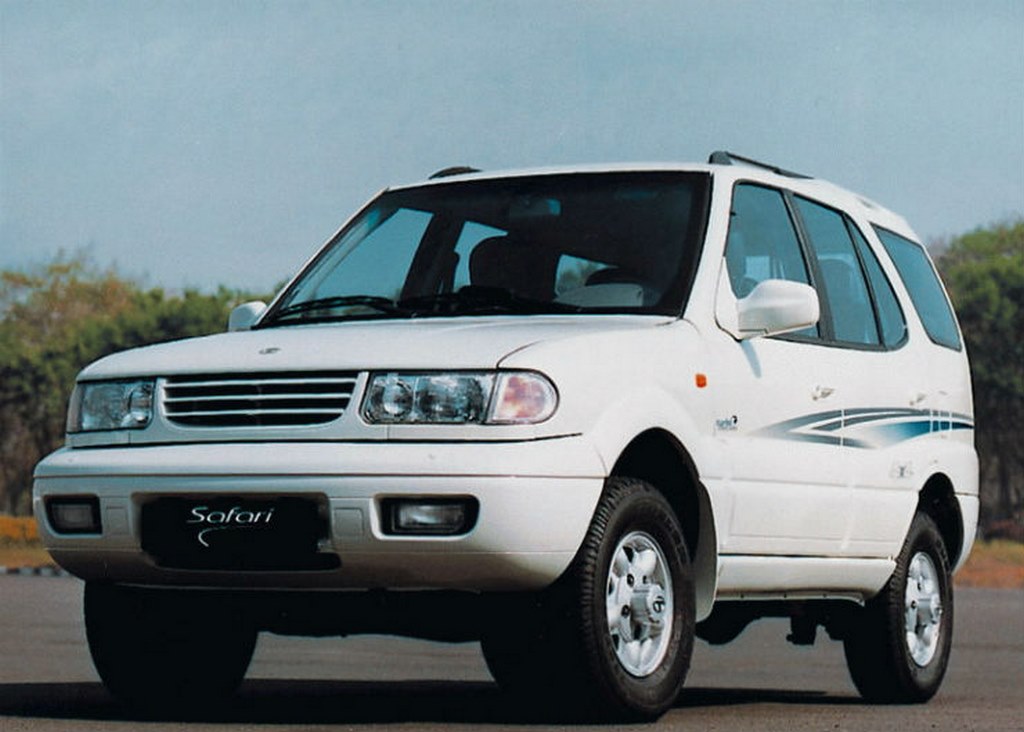
Tata Safari
The Tata Safari was the first desi SUV that we got and it happens to be so much better than the Mahindra Scorpio. The feel of driving a Safari is just something else. It’s old-school but it has immense road presence, amazing ride quality, great comfort, plenty of interior room and a hydraulic steering that will give you a proper workout. Still not convinced? See any of the Tata Safari ads, you will fall in love with it.
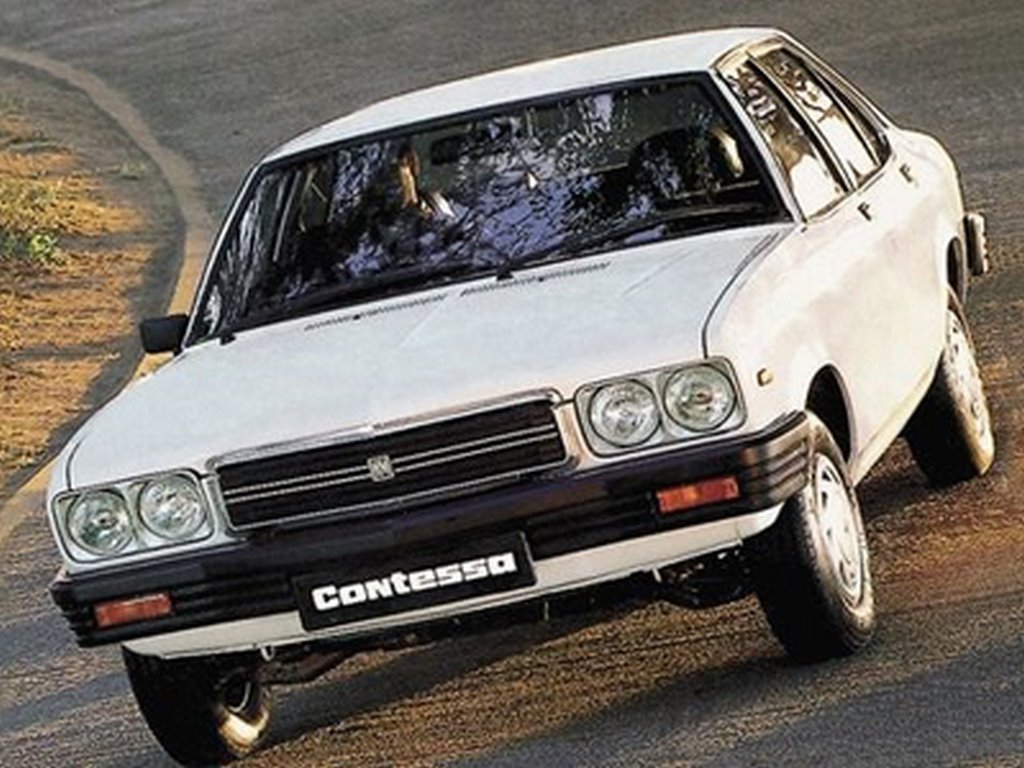
Hindustan Contessa
The Hindustan Contessa was India’s very own muscle car. The Contessa had everything going for it, except muscle car performance and the diesel engine didn’t help matters either, neither did HM’s lacklustre attitude towards car manufacturing. However, that doesn’t stop it from being an Indian icon. The looks, the space and the feel of driving a vehicle with a long hood made it quite a special car indeed.
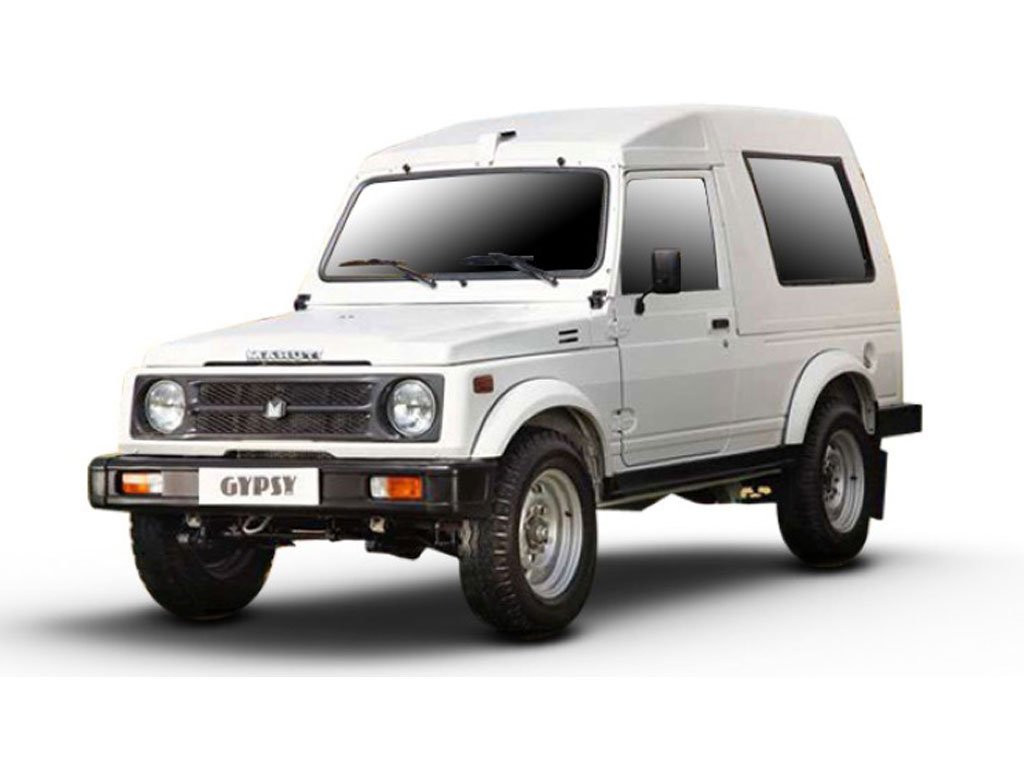
Maruti Gypsy
The Maruti Gypsy is the most capable all-terrain vehicle. The ‘Mountain Goat’ as people like to call it was extremely reliable, light, nimble and easy to drive. It had the go-anywhere attitude matched with a high-revving and frugal petrol motor. No wonder the Indian Army used it a lot.

Tata Nano
The Tata Nano was the world’s cheapest rear-engined, rear-wheel-drive car. It was fun to drive and a testimony of frugal Indian engineering. Too bad that the fire incidents and the lack of power, automatic gearbox, power steering in earlier models put out a bad impression. Tata, however, did rectify all issues but it was too little too late. Still, it’s an iconic car for the idea of the Nano was as noble as it gets – Ratan Tata wanted to make a car for the Indian family which was travelling unsafe on 2-wheelers and the Nano definitely had all the right intentions.
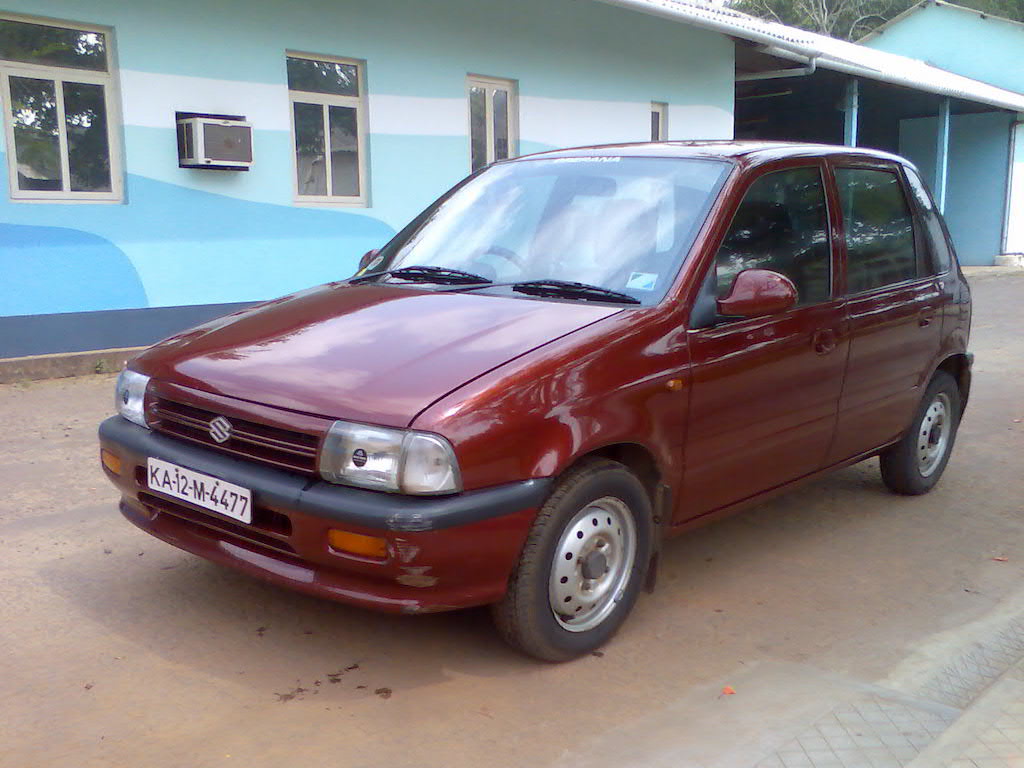
Maruti Zen
The Maruti Zen was the first car to be exported out of India. The lightweight chassis coupled with the peppy performance made it a true performance hatchback. People who were still not satisfied opted to transplant either the Esteem or the Baleno’s 1.3 and 1.6-litre engines respectively, making an E-Zen or a B-Zen respectively. Easy, fun, fast, reliable are some adjectives that can be used to describe the Zen. This does not apply to the third generation model though, the Estilo wasn’t a true Zen anyways.
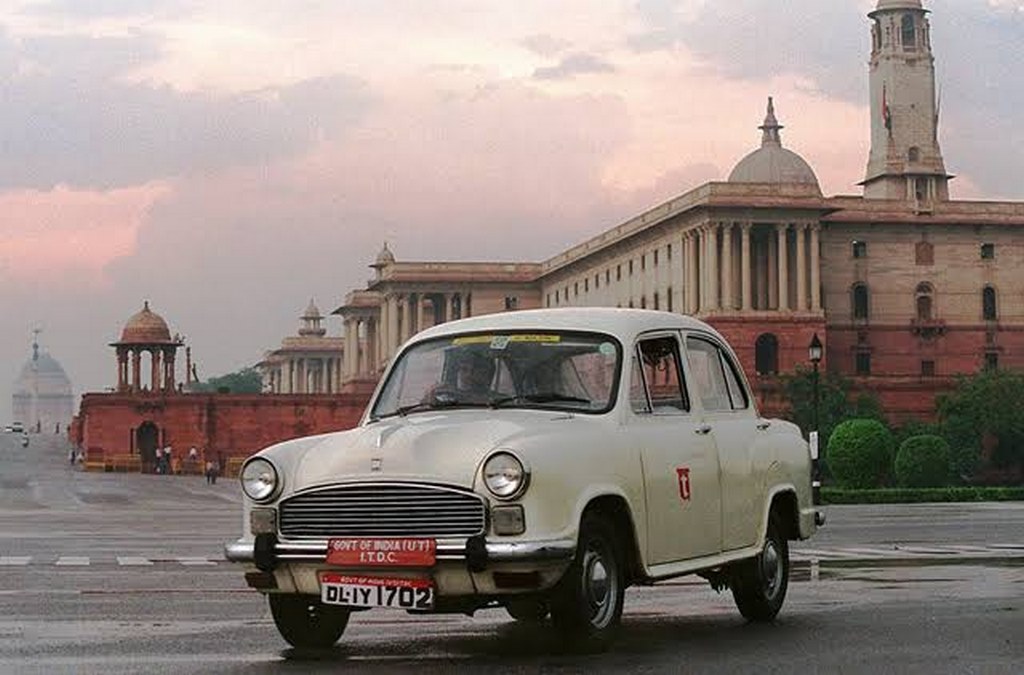
Hindustan Ambassador
The longest production car in India having a run of 56 years, and known as the King of Indian roads, the HM Ambassador saw seven generations but not with big enough changes through its lifecycle. It used a body-on-frame platform and rear-wheel drive, making it heavy but durable enough to become the official car of Bharat Sarkar and also an apt taxi because the rear seat was more of a sofa, offering great comfort. But HM’s indifferent attitude towards new competition meant the well-established Amby was no longer the king.
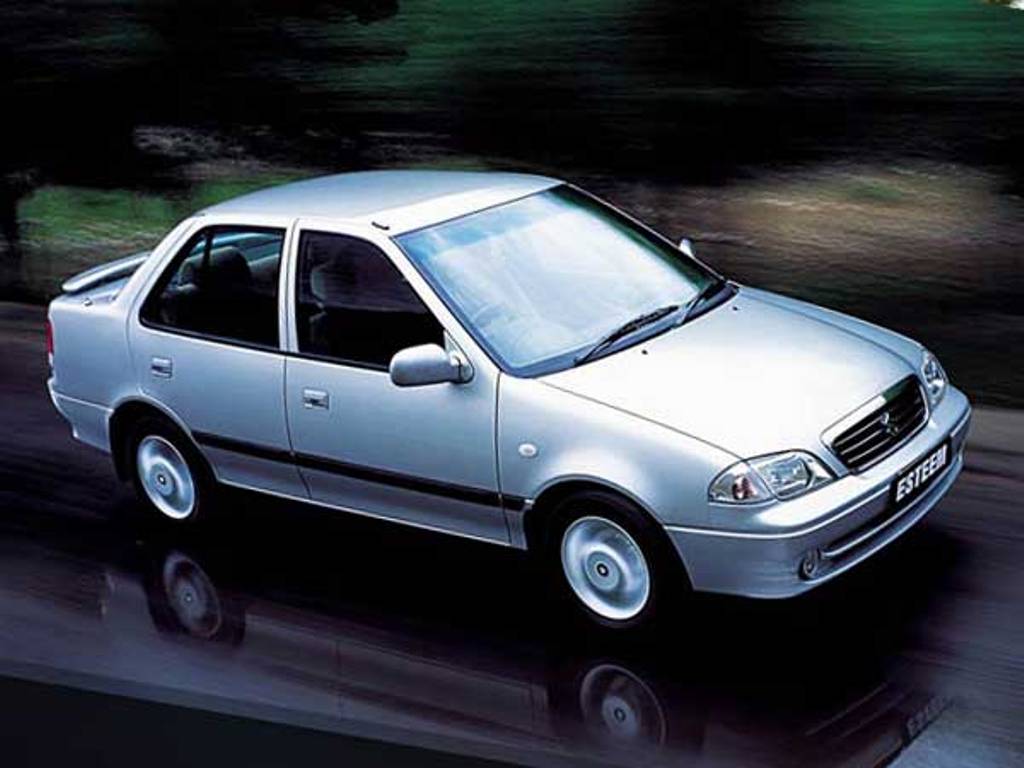
Maruti Esteem
The Maruti Esteem started life as the Maruti 1000. It became the Esteem when it got the 1.3-litre engine. I have had two of these – a carb in the 90s and an FI in the 2000s and trust me, the Esteem is what made me a car enthusiast. First gear it does 60 km/hr, second gear it does 100 km/hr and in third gear, it hits 160 km/hr while the top speed is 165 km/hr, such absurdly tall gearing makes little sense, right? But when I drove one, I was spell-bound by this itself, the way the car would pull in the first three gears where redlining was like jumping off a cliff as the motor would go so loud, in a good way of course. Light in weight and low in seating position, the Esteem was a wheel-spin loving sedan, what a machine!
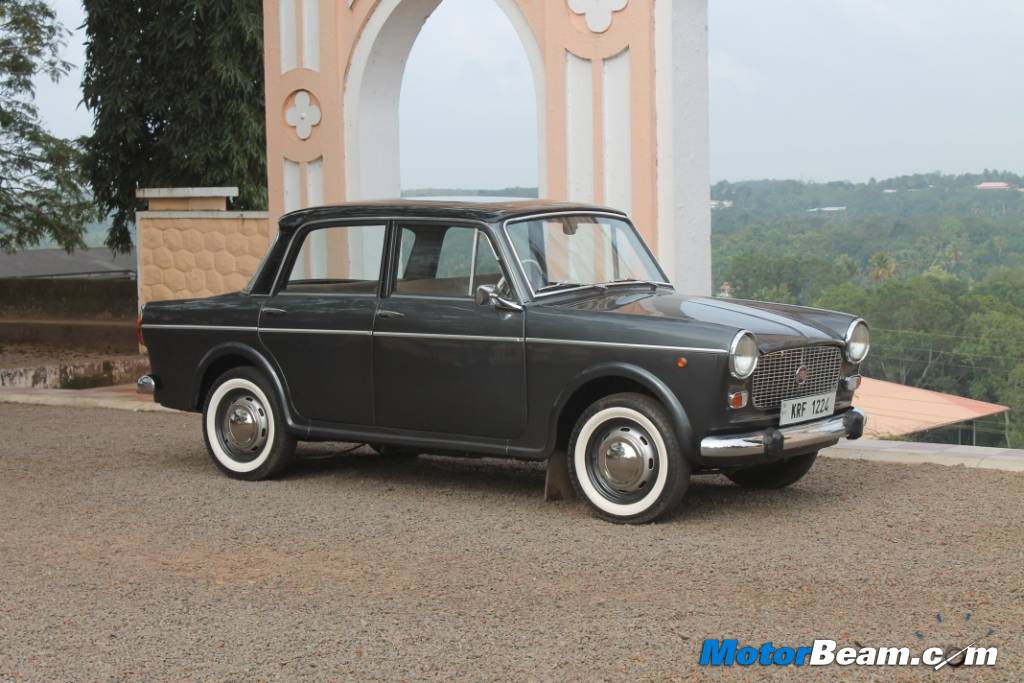
Premier Padmini
Another car which I have fond memories of is the Padmini because I had that too. The steering mounted gears and the sound from the motor would truly make you feel spellbound. This car has feel, tons of it. Beautiful Italian design, fun to drive nature, great handling and a steering you can move as much as you like because the centre has a lot of dead feel, the Padmini was just something else. Just like HM, Premier too didn’t care much about updating it and hence the eventual discontinuation of a true icon. It’s higher on this list than the Ambassador because the Padmini is better any day, and I am not just saying that because I had one, my grandfather had an Ambassador and I learnt a lot of driving on the Amby too but Italians are known to make better cars than the British.
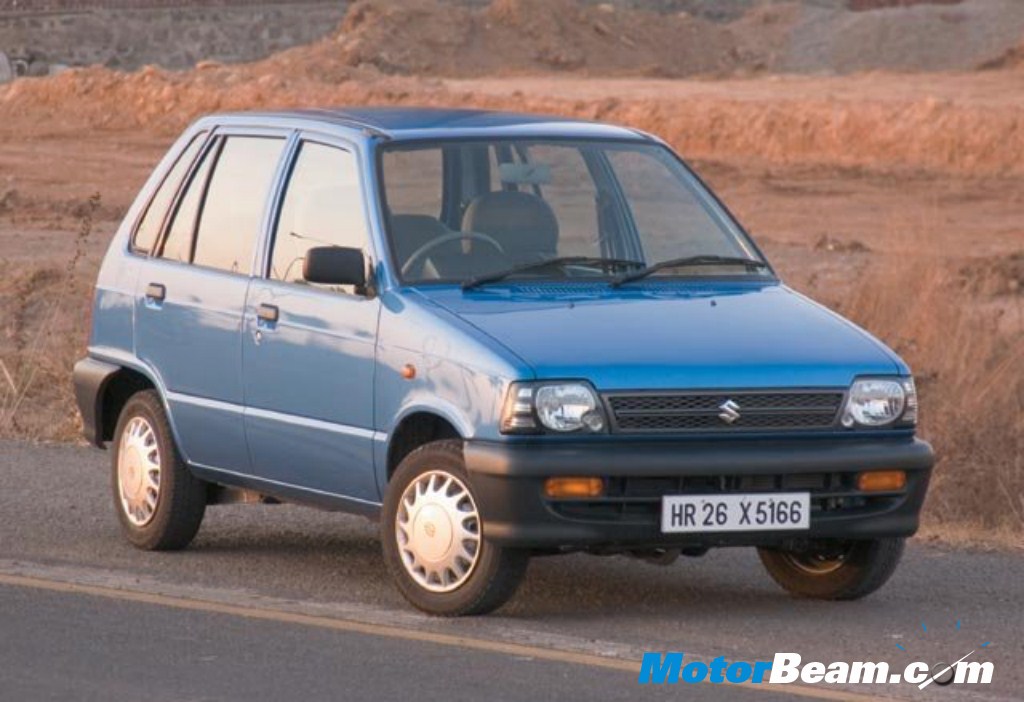
Maruti 800
Easy to guess, that on top of this list will be the car which had the second-highest production run in the Indian market and my family had a brown one which they sold for more than they bought. Imagine, the first generation Maruti 800 simply didn’t depreciate, it appreciated, such was the demand for it that the Govt. (yes, the centre owned Maruti) conducted a lucky draw to allocate cars. At that time, owning an 800 was akin to owning a Rolls-Royce Phantom VIII Mansory today. It was the best selling car in India for 20 years in a row and established Maruti as a household name, with almost 27 lakh units sold.
The 800 wasn’t just a car, it was a revolution, the first front-wheel drive, monocoque car in our country which was easy to drive, very reliable, extremely efficient and cost-effective too. In spite of producing a measly 37 BHP from its, you guessed it right, 800cc engine, it never felt underpowered and was quite peppy, would wheel-spin too but this was as long as fewer people were in the car. Truly a legend and the most iconic Indian car ever. No wonder, it’s also regarded as the most influential automobile in India.
Well, you see the list is about Indian cars, i.e. from Indian brands, naturally, I couldn’t include iconic models like the Toyota Qualis and the Hyundai Santro. And of course, the criteria for the models in the list were that I have driven them and they are discontinued now.


